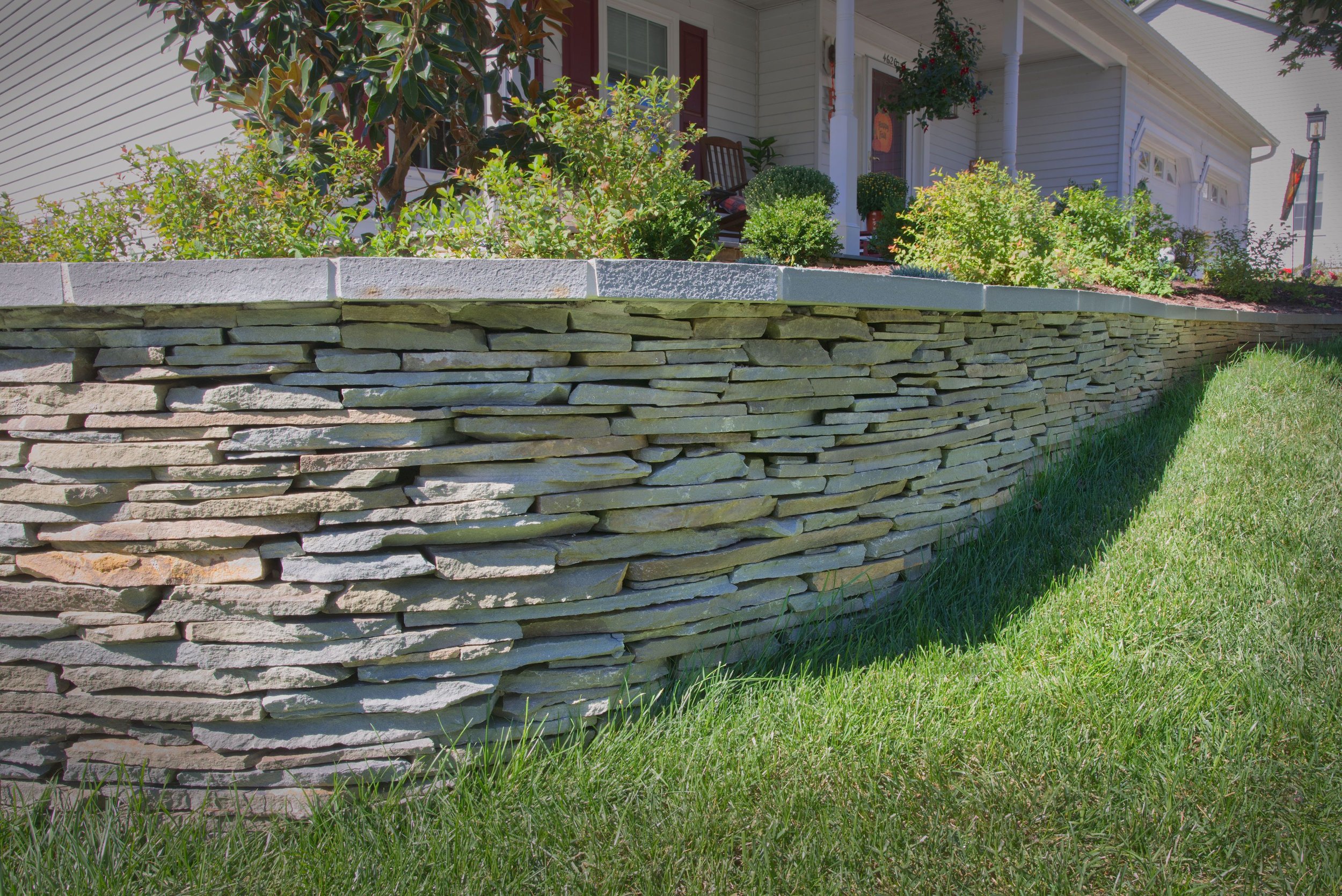How a Retaining Wall Is Constructed as a Beautiful Feature While Adding Structure in the Fulton and Hanover, MD Areas
A retaining wall serves a dual purpose in any landscape – it not only adds to the aesthetic appeal but also provides a much-needed structure. Retaining walls are particularly useful in sloping landscapes where they prevent soil erosion and manage water runoff. Whether you reside in Fulton or Hanover, MD, incorporating retaining walls into your landscape can transform your outdoor space. Let's delve into how a retaining wall is constructed to create both beauty and structure.
Related: Add a Soft Touch to a Paver Patio or Walkway With Plantings in the Columbia, MD Area
Understanding the Need for a Retaining Wall
Retaining walls serve an essential function in preserving the structural integrity and safety of both residential and commercial landscapes. They are often used in areas where there is a significant change in ground elevation and soil needs to be held back to prevent erosion. Erosion, if not properly managed, can lead to ground instability, damaging nearby structures, causing flooding, and even making the area unsafe for walking or driving. Retaining walls help prevent this issue by stabilizing the soil and stopping it from sliding downhill, thus safeguarding the landscape and any adjacent buildings or structures.
Aside from their primary function of erosion control, retaining walls also help manage water runoff. During periods of heavy rain, these walls can help direct water flow, reducing the risk of flooding or water pooling in certain areas. They also help in reducing the speed at which water moves down a slope, which can further decrease erosion and the potential damage to the landscape.
Furthermore, retaining walls can also improve the efficiency of water absorption into the soil. By slowing down the runoff, it provides more time for water to seep into the ground, aiding in groundwater recharge and preventing excessive water saturation in certain areas that could lead to problems like soil liquefaction.
Retaining walls are not just a visual enhancement to a property but are vital in maintaining a secure and stable landscape environment. Their importance lies in their ability to protect the area from potential erosion and flood damage, ensure structural stability, and improve the overall landscape functionality.
Planning and Designing
Once you've recognized the necessity for a retaining wall, the next step is the design phase. This includes selecting the materials that complement your home's exterior and the natural surroundings. Options can range from natural stone, concrete blocks, wood, to bricks. The design should also consider the height, length, and shape of the wall to fit seamlessly into your landscape.
Preparing the Site
After the design is finalized, site preparation begins. This involves marking the area where the wall will be built, excavating the site, and leveling the base. Depending on the size of the wall, it may require a compacted gravel base or a concrete footing for stability.
Constructing the Retaining Wall
Once the base is prepared and leveled, the construction begins. This usually involves laying the selected materials layer by layer while ensuring each layer is level. For walls made from concrete blocks or bricks, a binding material like mortar may be used. Drainage systems are also incorporated to prevent water buildup behind the wall, which could compromise its structural integrity.
Finishing Touches
After construction, it's time to add the finishing touches that will enhance the retaining wall's visual appeal. This can include topping the wall with capstones for a polished look, planting ornamental plants around the wall, or even incorporating a lighting system for aesthetic and safety purposes.
Related: Paver Patio: The Center Stage of an Outdoor Living Space in the Hanover and Ellicott City, MD Areas
About the Author
With nearly two decades of experience, Valley Deck & Patio has grown into a full-service landscape design and construction company known for our custom work. Our talented team takes on the challenge of complex projects, and we are always ready to roll up our sleeves and exceed customer expectations.

